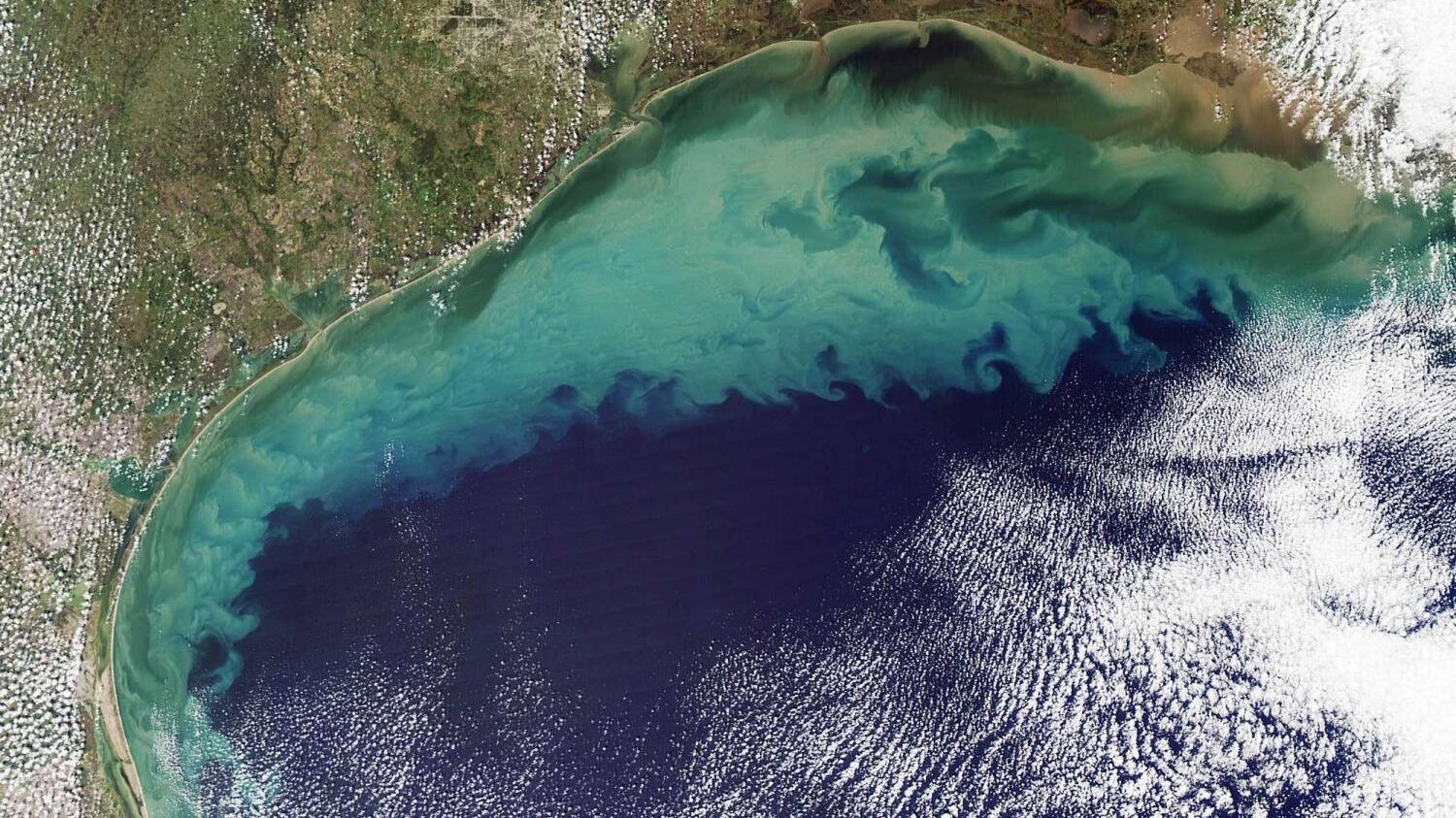Global warming doesn’t just mean scorching temperatures and rising sea levels. It also means the death of oceans, lakes, rivers, and other bodies of water. Dead zones—areas in the water that are low on oxygen—are on the rise around the world due to a double-whammy of hotter temperatures and increased pollution, leading to the death of marine life and turning once vibrant habitats into hypoxic deserts.
Scientists have been monitoring one such dead zone in the Gulf of Mexico—considered the largest in U.S. waters—for over three decades. On June 2, the National Oceanic and Atmospheric Administration announced the Gulf of Mexico dead zone is expected to reach 5,364 square miles (or about eight times the size of the city of Houston) this year. This forecast is only a smidge lower than the five-year average of 5,380 square miles, and about 15 percent smaller than last year’s measurement. But it's still nowhere close to the federal-state target of 1,900 square miles set in 2001.
Dead zones are primarily created when runoff containing chemicals like nitrogen and phosphorus from agricultural practices, industrial activities, and population growth enter nearby waters and stimulate algae to grow like crazy. Overgrown algae sink and decompose and the decomposition process strips water of its oxygen, depriving marine life.
Climate change only worsens the situation since water holds less oxygen as it warms up, making it easier for dead zones to form. This is compounded by the fact that marine animals require more oxygen in warmer weather since they’re expending more energy.
The Gulf of Mexico’s dead zone is fueled by nutrient runoff from farms along the Mississippi River. The Interagency Mississippi River and Gulf of Mexico Hypoxia Task Force have been using NOAA’s hypoxia forecasts—based on computer modeling from five universities and one government agency—and the U.S. Geological Survey’s nutrient monitoring to set nutrient reduction targets across the Mississippi watershed states.
To confirm the forecasts and size of the dead zone, NOAA supports a monitoring survey each summer to incorporate any major coastal weather conditions that could impact a dead zone’s size and oxygen levels like hurricanes and tropical storms.
“The Gulf dead zone remains the largest hypoxic zone in United States waters, and we want to gain insights into its causes and impacts,” said Nicole LeBoeuf, assistant administrator of NOAA’s National Ocean Service, in a press release put out by the agency. “The modeling we do here is an important part of NOAA’s goal to protect, restore, and manage the use of coastal and ocean resources through ecosystem-based management.”







